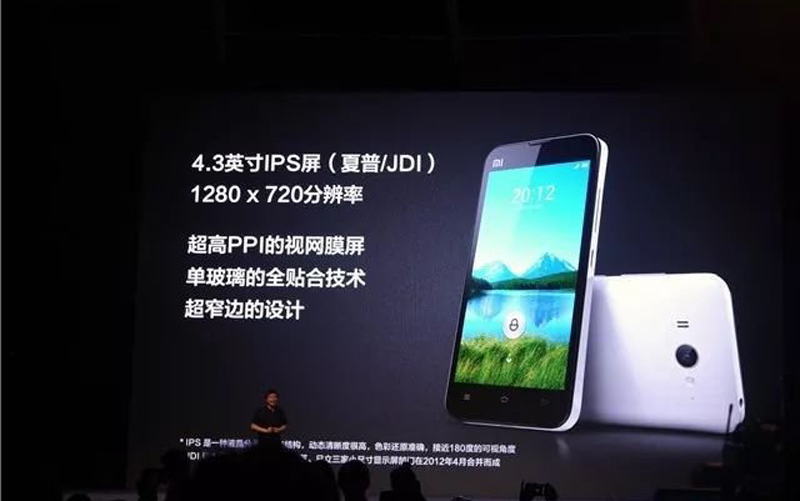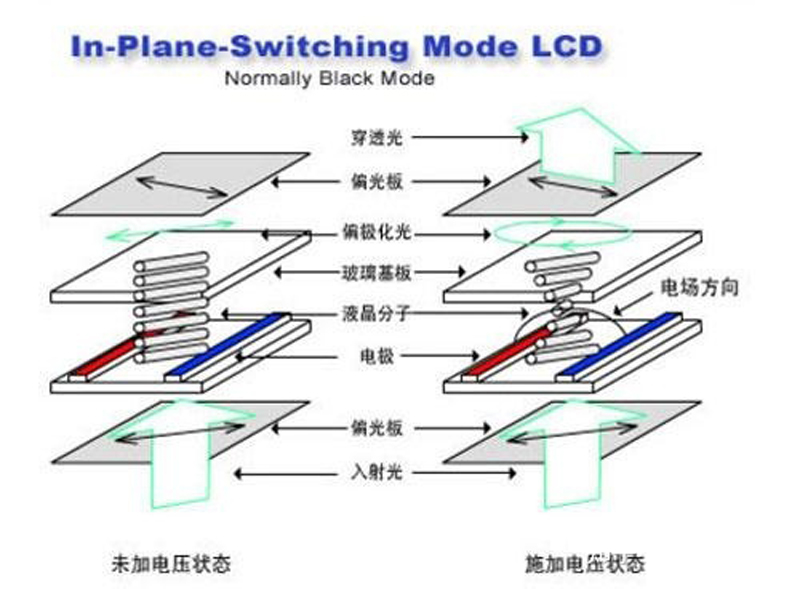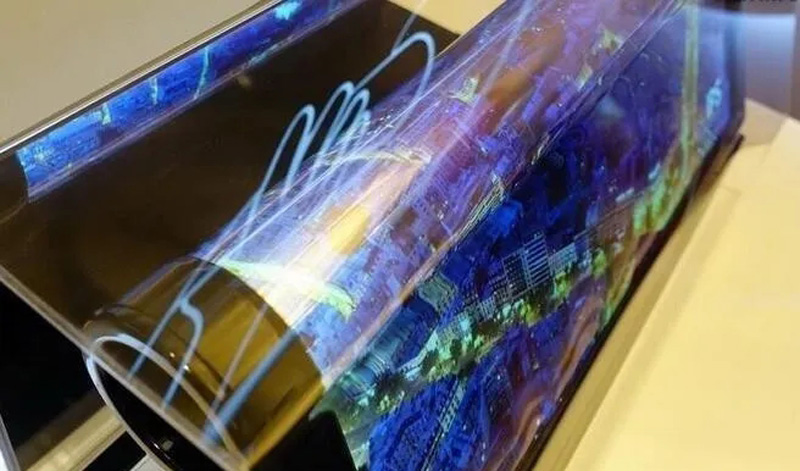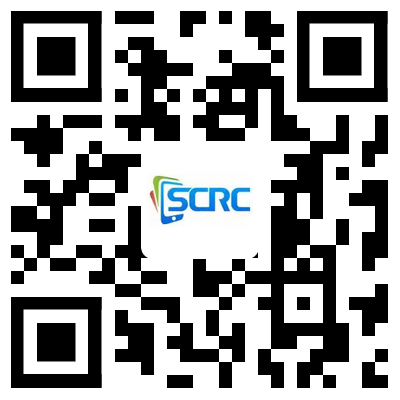Which is the best material for mobile phone screen?
2023-06-30
Among all the components of smartphones, the screen is probably the one we come into contact with the most. Sometimes the quality of the screen is the main factor that determines whether or not we purchase a phone, so many of us mobile phone enthusiasts consider screen size as the preferred factor when purchasing a phone. However, focusing solely on the size or resolution of the phone screen without considering the quality of the screen material is a major shopping mistake. It should be noted that the screen quality of a mobile phone is related to many factors, such as screen material and fitting technology.

Comparison of differences in LCD, TFT, IPS, OLED, AMOLED mobile phone screens
So, what is the best material for a mobile phone screen? Below, we will bring you a pure dry knowledge point organization on screen materials. After reading, you will understand the material issues of LCD, TFT, IPS, OLED, AMOLED mobile phone screens.

LCD liquid crystal display screen
The full name of LCD (Liquid Crystal Display) is liquid crystal display, which is a commonly used screen material for mobile phones. It is characterized by low price, widespread use, and the need for backlight support during display.
In the main screen material section of the mobile phone parameter table, some letter combinations such as TFT, IPS, SLCD, UFB, SNT, NOVA, etc. are often seen. They do not represent different screen materials, but rather different display technologies of LCD. The most common LCD display technologies in mobile phone screens mainly include TFT, IPS, SLCD, and other screen materials:
LCD display screen
The LCD display screen is composed of backlight, lower polarizing plate, driver layer, LCD layer, color filter, and upper polarizing plate. The driving layer is composed of thin film transistors (TFTs), so the term TFT-LCD is often seen.
TFT screen
TFT (Thin Film Transistor), also known as thin film field-effect transistor, belongs to a type of active matrix liquid crystal display.
The characteristics of TFT liquid crystal display screens are good brightness, high contrast, strong layering, and bright colors, but there are also shortcomings such as relatively high power consumption and cost.
For example, the famous JDI screen is a TFT-LCD screen, which uses LTPS Low-temperature polycrystalline silicon technology screen. Compared to traditional LCD screens, JDI screens are lighter, thinner, and more permeable.
There are many representative models using JDI screens, such as Huawei mate10 and Nubia Red Devil game phones.
IPS screen
IPS, commonly known as "Super TFT", is a technology upgraded from TFT. It is essentially a TFT screen, but a TFT screen using IPS technology. Compared to ordinary TFT screens, it has advantages such as large viewing angle, accurate color reproduction, no water marks on the touch, environmental protection, and power saving.
SLCD screen
SLCD is a specialized splicing LCD screen, which is a high-end and advanced variety of LCD. Its characteristics are warmer colors, more realistic and natural, suitable for human viewing.
OLED
OLED (Organic Light Emitting Diode) refers to an organic light emitting diode that does not require backlight support and has self luminescent properties. It also has advantages such as wide viewing angle, high contrast, low power consumption, high reaction rate, full color, and simple manufacturing process.
AMOLED screen
AMOLED screens have the characteristics of being flexible, wide color gamut, more vibrant display colors, and have the advantages of self illumination and low power consumption, making them a popular choice for high-end mobile phones.

Comparison of differences in LCD, TFT, IPS, OLED, AMOLED mobile phone screens
So, what is the best material for a mobile phone screen? Below, we will bring you a pure dry knowledge point organization on screen materials. After reading, you will understand the material issues of LCD, TFT, IPS, OLED, AMOLED mobile phone screens.

LCD liquid crystal display screen
The full name of LCD (Liquid Crystal Display) is liquid crystal display, which is a commonly used screen material for mobile phones. It is characterized by low price, widespread use, and the need for backlight support during display.
In the main screen material section of the mobile phone parameter table, some letter combinations such as TFT, IPS, SLCD, UFB, SNT, NOVA, etc. are often seen. They do not represent different screen materials, but rather different display technologies of LCD. The most common LCD display technologies in mobile phone screens mainly include TFT, IPS, SLCD, and other screen materials:
LCD display screen
The LCD display screen is composed of backlight, lower polarizing plate, driver layer, LCD layer, color filter, and upper polarizing plate. The driving layer is composed of thin film transistors (TFTs), so the term TFT-LCD is often seen.
TFT screen
TFT (Thin Film Transistor), also known as thin film field-effect transistor, belongs to a type of active matrix liquid crystal display.
The characteristics of TFT liquid crystal display screens are good brightness, high contrast, strong layering, and bright colors, but there are also shortcomings such as relatively high power consumption and cost.
For example, the famous JDI screen is a TFT-LCD screen, which uses LTPS Low-temperature polycrystalline silicon technology screen. Compared to traditional LCD screens, JDI screens are lighter, thinner, and more permeable.
There are many representative models using JDI screens, such as Huawei mate10 and Nubia Red Devil game phones.
IPS screen
IPS, commonly known as "Super TFT", is a technology upgraded from TFT. It is essentially a TFT screen, but a TFT screen using IPS technology. Compared to ordinary TFT screens, it has advantages such as large viewing angle, accurate color reproduction, no water marks on the touch, environmental protection, and power saving.
SLCD screen
SLCD is a specialized splicing LCD screen, which is a high-end and advanced variety of LCD. Its characteristics are warmer colors, more realistic and natural, suitable for human viewing.
OLED
OLED (Organic Light Emitting Diode) refers to an organic light emitting diode that does not require backlight support and has self luminescent properties. It also has advantages such as wide viewing angle, high contrast, low power consumption, high reaction rate, full color, and simple manufacturing process.
AMOLED screen
AMOLED screens have the characteristics of being flexible, wide color gamut, more vibrant display colors, and have the advantages of self illumination and low power consumption, making them a popular choice for high-end mobile phones.
In the field of AMOLED display screens, Samsung and LG can be said to dominate the world, with a market share of over 90%. Therefore, the best AMOLED screen phones are of course Samsung's latest flagship phones, such as Samsung Note9, S9, Xiaomi 8, OPPO Find X, vivo nex, Meizu 16, Apple iPhone X, etc.

We use cookies to offer you a better browsing experience, analyze site traffic and personalize content. By using this site, you agree to our use of cookies.
Privacy Policy



